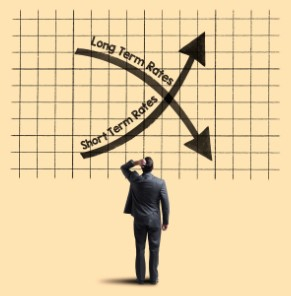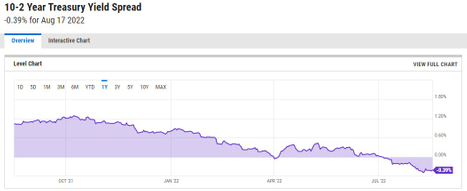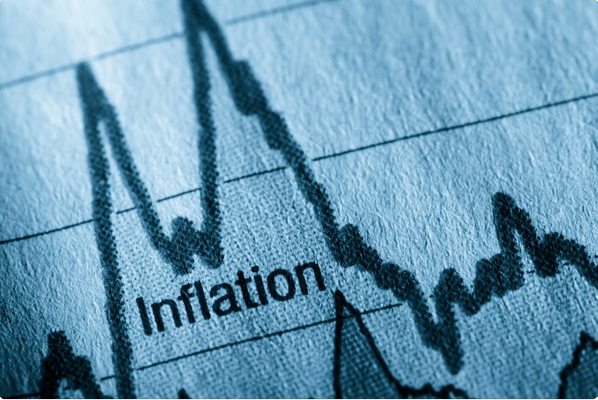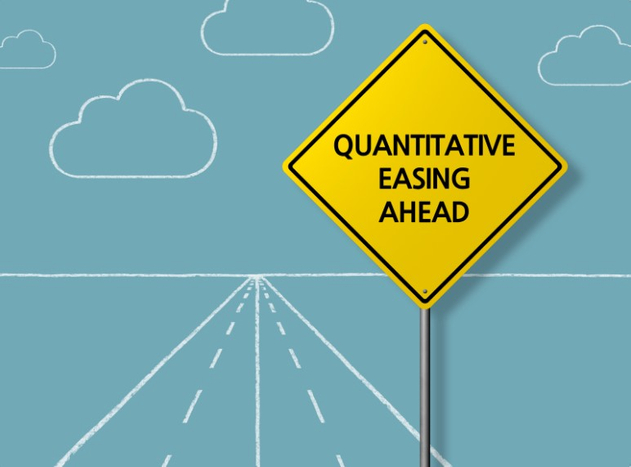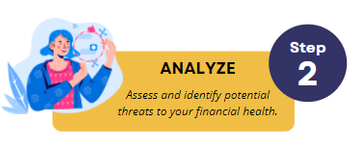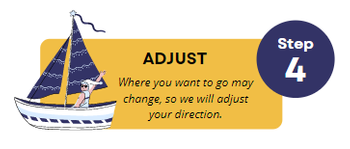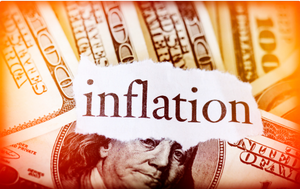What is an inverting yield curve, and does it mean we’re heading for a recession?
One key predictor of downturns in the economy is what is known as the yield curve. This typically refers to the market for what the US government borrows by issuing bonds and other securities that mature over different time horizons ranging from weeks to 30 years.
Each of these securities has its own yield (or interest rate), which moves up and down in inverse proportion to the security’s market value – so when bonds are trading at high prices, their yields will be low and vice versa. You can draw a chart that plots the yields of securities at each maturity date to see how they relate to one another, and this is known as the yield curve.


